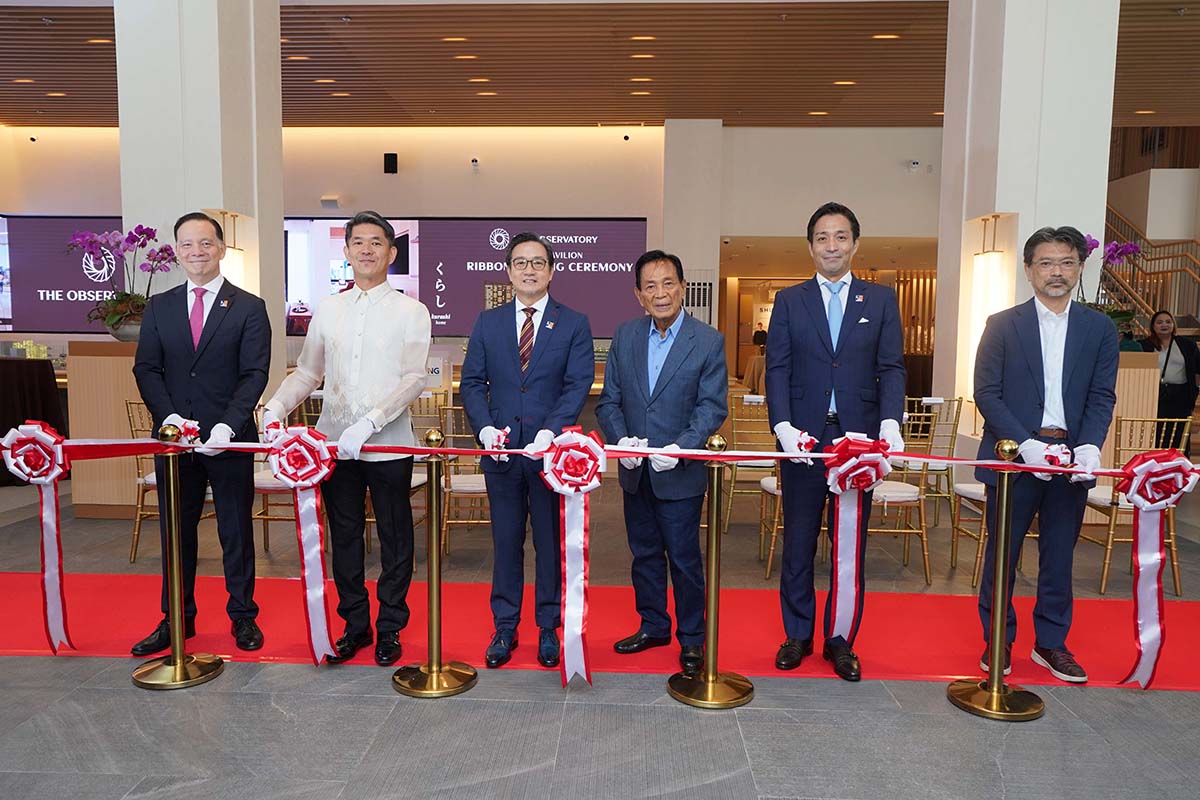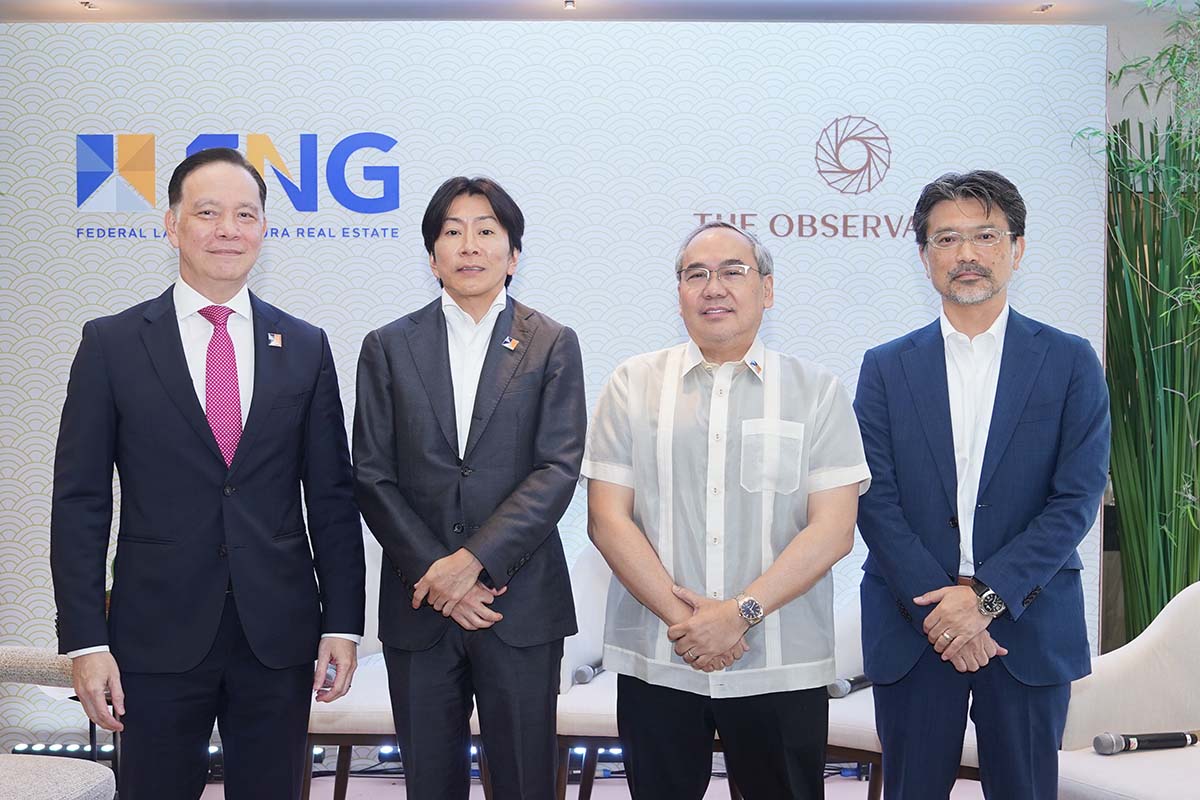On the morning of September 30, 2025, a stretch of Pioneer Street in Mandaluyong became the site of something more deliberate than the usual urban development milestone. The launch of The Observatory Sales Pavilion, hosted by Federal Land NRE Global, Inc. (FNG), marked a significant step forward not just for the project, but for the cultural partnership that underpins it.
The Pavilion is the first built expression of The Observatory, a 4.5-hectare mixed-use township rising across the Pasig River from Bonifacio Global City. A joint venture between the Philippines’ Federal Land Inc. and Japan’s Nomura Real Estate Development Co., Ltd., The Observatory represents a collaboration defined by complementary strengths—Filipino creativity and Japanese precision, working in parallel.
A vision realized through collaboration
Speaking at the launch, FNG Vice Chairman Yusuke Hirano reflected on the meaning behind the milestone: “Today, we are officially launching The Observatory Sales Pavilion, the result of hard work by our Filipino and Japanese teams, side by side, guided by a shared vision. When Federal Land and Nomura Real Estate formed this joint venture, we committed to bringing new value to the Philippines. This showroom is proof of that promise. Here, Japanese precision meets Filipino creativity, building something modern and lasting.”
That spirit of collaboration is expressed clearly in the space itself. Designed as a 1,700-square-meter experience center, the Pavilion offers a look into the broader township vision—but also stands as a refined example of how design can articulate values.


Designing with cultural intention
From the reception area, where a detailed scale model introduces the site’s masterplan, guests were guided along a landscaped path toward the model units. This gentle transition—from enclosed space to open air—is echoed in the layout of The Observatory itself, where walkability, greenery, and connection to nature are emphasized throughout.
The launch of The Observatory Sales Pavilion, hosted by Federal Land NRE Global, Inc. (FNG), marked a significant step forward not just for the project, but for the cultural partnership that underpins it.
Large glass windows open the Pavilion to its surroundings, balancing the structure’s clean, contemporary lines with soft natural light and curated landscaping. By night, the space glows from within—“like a lantern,” as the release notes—creating a striking presence along the street.
The development’s first residential tower, Sora, is set to complete in 2030. Its name, meaning “sky” in Japanese, hints at both verticality and lightness, while drawing conceptual inspiration from Tokyo’s Shibuya district—a fitting reference for a project that blends cosmopolitan energy with intentional design.


Japanese lifestyle details in every unit
The model units extend this vision on a more personal scale. Across all configurations—from studio to three-bedroom—the use of space is deliberate, flexible, and rooted in Japanese lifestyle principles.
Each unit features a genkan, the traditional Japanese entryway with integrated shoe storage. Other subtle details reflect the same attention to living function: a pull-out panel in the studio, a pull-out counter in the one-bedroom. These elements speak less to trend than to lived practicality—a space that shifts with its user.
Design narratives are quietly embedded throughout. The studio evokes bold urban energy, the one-bedroom leans into mid-century softness and travel influences, while the two- and three-bedroom units introduce family-focused layouts with layered zones for work, rest, and play.
A taste of lifestyle integration
Guests were also treated to an early look at the broader lifestyle ecosystem envisioned for the township. UCC Mentore served handcrafted coffee from within the Pavilion, while food trucks from MOS Burger and Coco Ichibanya brought familiar Japanese flavors to the space—a reminder that cultural integration can be both functional and flavorful.
The tour concluded at the view deck on the second floor, with sweeping views of the BGC skyline. From this perspective, The Observatory’s position at the true center of Metro Manila becomes more than a line in a brochure—it’s a lived vantage point, a place to reflect on the kind of city life this development hopes to offer.
Looking ahead from the center of the city
As the township moves toward its next phases, The Observatory is being shaped not just by market demands or urban momentum, but by a philosophy of cross-cultural dialogue. It’s a development positioned at the intersection of two architectural legacies—and the Sales Pavilion, now open, gives that vision a physical, walkable beginning.
The launch underscored something lasting: a shared commitment to building thoughtfully, and with care, in a city that infrequently pauses to do either.




